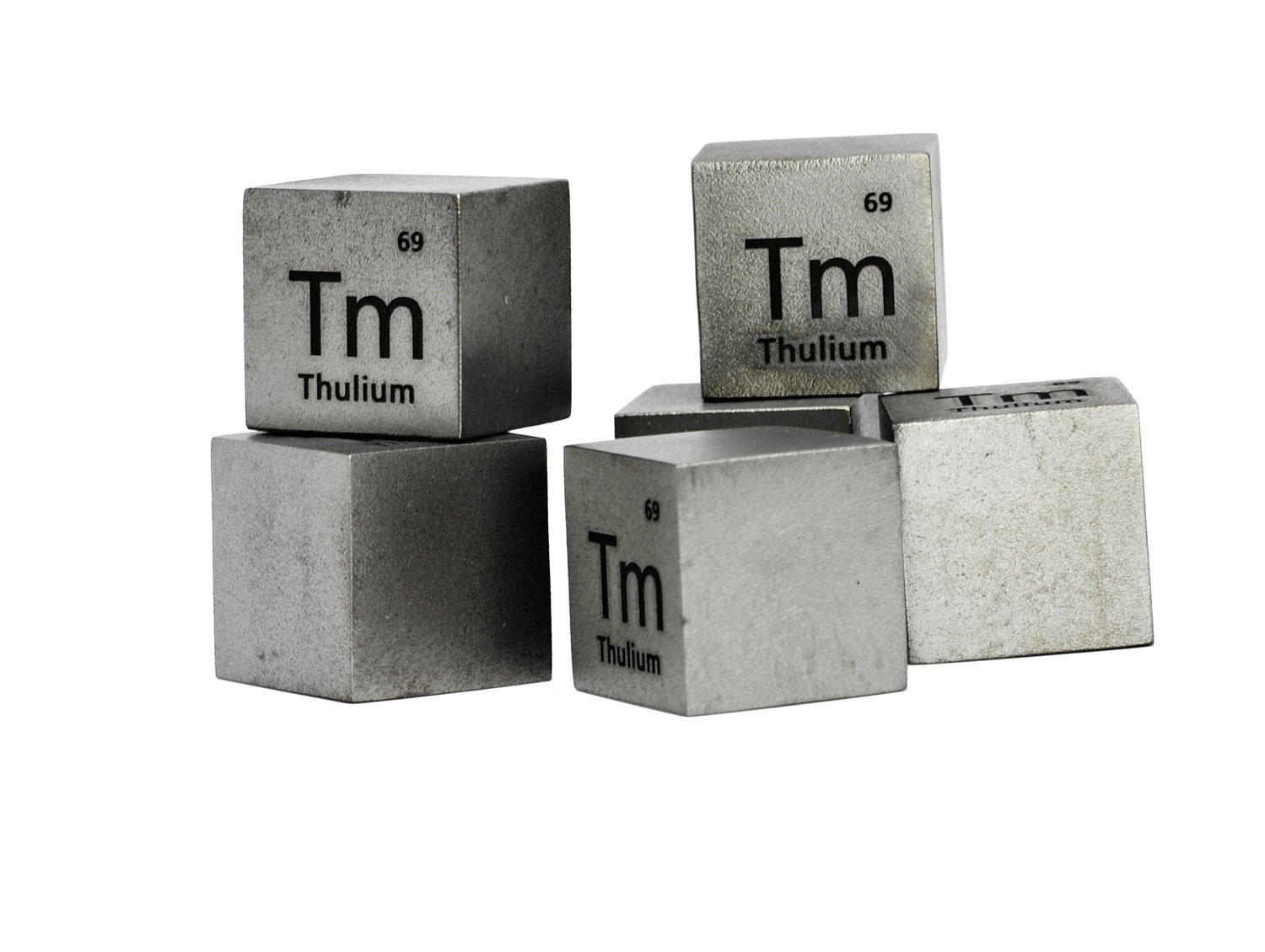
Thulium, a rare earth element, often flies under the radar compared to its more famous cousins like neodymium or europium. But what makes thulium special? Thulium is the 69th element on the periodic table, symbolized as Tm. It's not just another metal; it has unique properties that make it valuable in various fields. From its role in medical lasers to its use in portable X-ray machines, thulium has some fascinating applications. Did you know that thulium is also used in nuclear reactors? This silvery-gray metal might be rare, but its impact is significant. Ready to learn more? Let's dive into 25 intriguing facts about thulium!
What is Thulium?
Thulium, a rare earth element, belongs to the lanthanide series on the periodic table. Its symbol is Tm, and it holds the atomic number 69. Despite being one of the least abundant rare earth elements, thulium has fascinating properties and uses.
- Thulium was discovered by Swedish chemist Per Teodor Cleve in 1879.
- The name "Thulium" comes from "Thule," an ancient name for Scandinavia.
- Thulium is silvery-gray in color and is relatively soft and malleable.
- It is the second least abundant lanthanide, only more plentiful than promethium.
- Thulium is found in minerals like monazite and bastnäsite, often alongside other rare earth elements.
Unique Properties of Thulium
Thulium's unique properties make it valuable in various specialized applications. Let's explore some of these intriguing characteristics.
- Thulium has a high melting point of 1,545°C (2,813°F).
- It is paramagnetic at room temperature, meaning it is weakly attracted to magnetic fields.
- Thulium can absorb neutrons, making it useful in nuclear reactors.
- When exposed to air, thulium forms a protective oxide layer that prevents further corrosion.
- Thulium has a density of 9.32 grams per cubic centimeter, making it denser than many other elements.
Uses of Thulium
Despite its rarity, thulium has found its way into several high-tech applications. Its unique properties make it indispensable in certain fields.
- Thulium is used in portable X-ray machines due to its ability to produce X-rays when bombarded with electrons.
- It is utilized in solid-state lasers, particularly in medical and dental procedures.
- Thulium-doped fiber lasers are employed in telecommunications for signal amplification.
- Thulium isotopes are used in nuclear medicine for cancer treatment.
- Thulium can be used as a radiation source in industrial radiography to inspect welds and castings.
Thulium in Research and Development
Thulium continues to be a subject of research, with scientists exploring new ways to harness its properties for innovative applications.
- Researchers are investigating thulium's potential in quantum computing due to its unique electronic properties.
- Thulium is being studied for its use in high-efficiency solar cells.
- Scientists are exploring thulium's role in developing new materials with enhanced magnetic properties.
- Thulium-based compounds are being tested for their potential in advanced battery technologies.
- Thulium is being researched for its use in creating more efficient and compact MRI machines.
Fun Facts About Thulium
Thulium has some quirky and lesser-known aspects that make it even more interesting.
- Thulium is one of the rarest elements in the Earth's crust, with an abundance of about 0.5 parts per million.
- Despite its rarity, thulium is not considered highly toxic, unlike some other rare earth elements.
- Thulium's fluorescence properties make it useful in creating phosphors for color television tubes.
- Thulium can be alloyed with other metals to improve their strength and resistance to high temperatures.
- Thulium's unique spectral lines make it valuable in scientific instruments for spectroscopy and analytical chemistry.
Thulium's Unique Role in Science
Thulium might not be the most famous element, but it sure packs a punch in the world of science. From its use in lasers to its role in nuclear reactors, this rare earth element has some pretty cool applications. Its ability to produce x-rays makes it invaluable in medical imaging. Plus, thulium-doped fiber lasers are crucial in telecommunications.
Despite being one of the least abundant rare earth elements, thulium's unique properties make it a hidden gem. It's not just a scientific curiosity; it's a workhorse in various high-tech fields. So next time you think about the periodic table, give a nod to thulium. It might be small, but it's mighty.
Was this page helpful?
Our commitment to delivering trustworthy and engaging content is at the heart of what we do. Each fact on our site is contributed by real users like you, bringing a wealth of diverse insights and information. To ensure the highest standards of accuracy and reliability, our dedicated editors meticulously review each submission. This process guarantees that the facts we share are not only fascinating but also credible. Trust in our commitment to quality and authenticity as you explore and learn with us.
